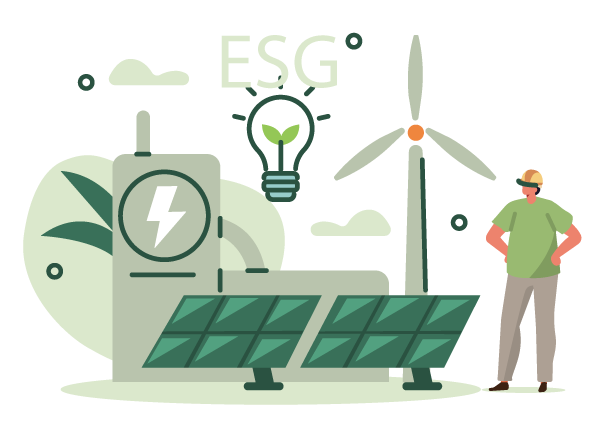Term: Nature-based solutions
Definition:
Climate actions, synergistic with the natural habitat, devised to reverse, restore and protect biodiversity while addressing grave risks to the ecosystem are called nature-based solutions.
Source: UNDP
For more details:
https://climatepromise.undp.org/news-and-stories/climate-dictionary-everyday-guide-climate-change
Explanation:
Based on indigenous adaptions towards protecting the ecosystems, these sustainable and effective eco-solutions often offer dual benefits of preserving the environment as well as addressing immediate social challenges to livelihoods, arising out of climate risks.
An example of Nature-based solutions is cultivation of mangroves and wetlands in coastal regions to prevent flooding and effects of erosion on the marine life. Another example is the way creation of gardens, parks, and meadows help urban cities combat heat waves.
The Nature-based solutions contribute to climate change adaptation and build resilience across ecosystems and communities.
How to use in a sentence:
Estimates suggest that nature-based solutions can provide 37% of the mitigation needed until 2030 to achieve the targets of the Paris Agreement.






